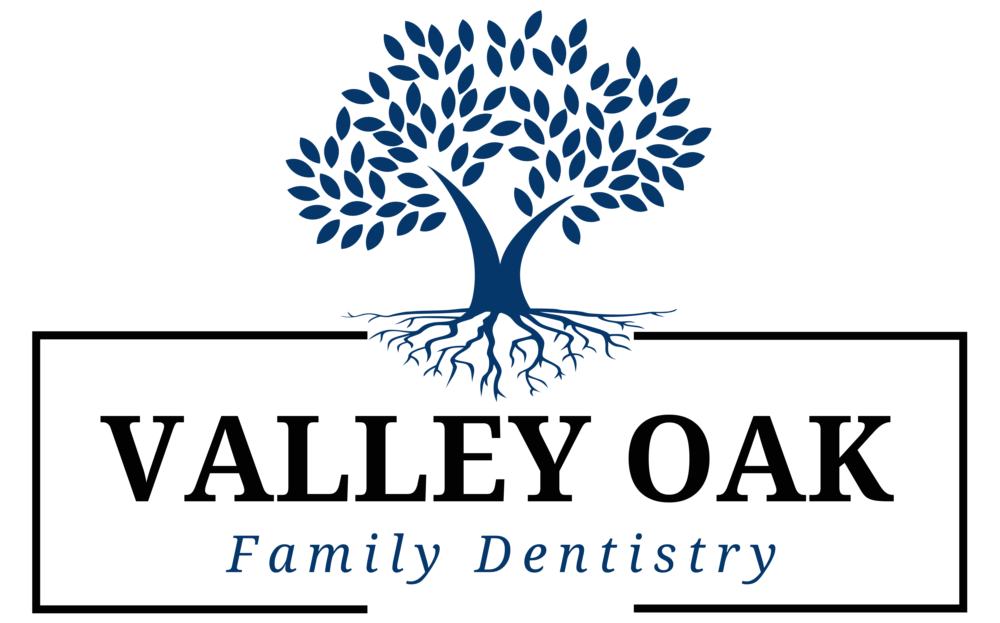Dental Bonding
Dental bonding is a cosmetic dentistry procedure that involves the application of a tooth-colored resin material to enhance the appearance of a tooth. This versatile and non-invasive technique is commonly used to address various aesthetic concerns, such as chipped or discolored teeth, gaps between teeth, and minor irregularities in tooth shape. At Valley Oak Family Dentistry, dental bonding is skillfully performed to create natural-looking improvements and restore the beauty of a patient’s smile.
The dental bonding process typically involves the following steps:
- Consultation: During the initial consultation, the dentist assesses the patient’s oral health and discusses their cosmetic goals to determine if dental bonding is the most suitable solution.
- Preparation: Minimal preparation is required for dental bonding. The tooth surface is often lightly etched to create a suitable texture for the bonding material to adhere to.
- Bonding Material Application: A tooth-colored resin material, matched to the natural shade of the teeth, is applied and molded directly onto the tooth. The dentist skillfully sculpts and shapes the material to achieve the desired form, ensuring a seamless blend with the surrounding teeth.
- Curing: The applied resin is hardened and bonded to the tooth using a special curing light. This process ensures the material becomes durable and firmly adheres to the tooth structure.
- Finishing Touches: After the bonding material has cured, the dentist further shapes and polishes the treated tooth to refine its appearance and create a smooth surface.
Dental bonding is a relatively quick and cost-effective cosmetic solution that can produce immediate results. While it is effective for addressing certain aesthetic concerns, it may not be as durable as alternatives like porcelain veneers. However, with proper care and maintenance, dental bonding can provide lasting improvements to the smile.
Valley Oak Family Dentistry is committed to offering personalized dental bonding services, tailoring each treatment to the unique needs and preferences of our patients.

